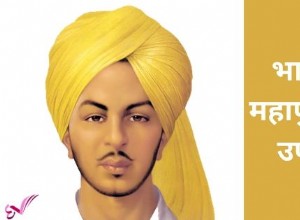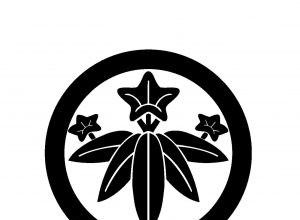इस आर्टिकल में हम आपको India History in Hindi – बंगाल पर अंग्रेजों का आधिपत्य के बारे में बता रहे है. Indian History in Hindi – 15वीं व 16वीं सदी के धार्मिक आंदोलन बंगाल पर अंग्रेजों का आधिपत्य Q. मुगल साम्राज्य के अंतर्गत जाने वाले प्रांतों में सर्वाधिक सम्पन्न राज्य कौन- सा था? Ans. बंगाल Q.




